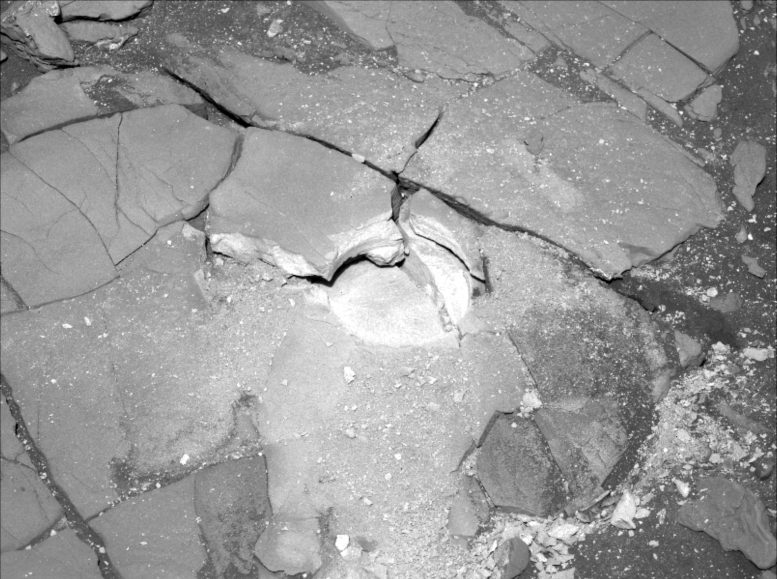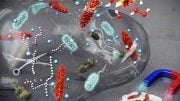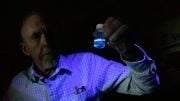
Mars Perseverance Sol 472 – Left Mastcam-Z Camera: NASA’s Perseverance rover acquired this image using its Left Mastcam-Z camera. Mastcam-Z is a pair of cameras located high on the rover’s mast. This image was acquired on June 18, 2022 (Sol 472). Credit: NASA/JPL-Caltech/ASU
Fine-Grained Rocks at Hogwallow Flats
NASA’s Mars Perseverance Rover’s exploration of the Hawksbill Gap area of the Jezero Delta continues! Over the last few weeks, the rover has abraded at two different locations. First, the rover abraded in the Devil’s Tanyard region. Unfortunately, the force of the abrasion broke and moved the crumbly rocks at Devils Tanyard. Nonetheless, the team was able to gather valuable scientific data of the abrasion patch and surrounding area using the SuperCam and Mastcam-Z instruments.
Next, the rover made its way up the delta to abrade at Hogwallow Flats, an area the science team nicknamed “the Bacon Strip” due to its light-colored striped rocks, which look like a strip of bacon in images taken by the HiRISE orbiter. The rocks at Hogwallow Flats appear to be particularly fine-grained, which is exciting to mission scientists as fine-grained rocks may have the best chance of preserving evidence of life. In order to understand why, we need to talk a little about organic molecules.
Organic molecules are the primary building blocks of life on Earth and are composed mostly of carbon, hydrogen, and oxygen. Some small organic molecules can be produced without the presence of life (and have been detected on Mars and in meteorites in the past), so the presence of organic molecules in a rock does not automatically mean that life was present. However, the detection of particularly large and complex organic molecules, or specific patterns of organic molecules, could be considered a biosignature. Unfortunately, large and complex molecules break down into smaller ones over time due to radiation from the sun and reactions with the rocks and atmosphere. If there was life in Jezero crater 3-4 billion years ago, most of the large organic molecules created by it would have been destroyed, leaving little evidence of the presence of life.
To have a chance of detecting evidence of life in the samples that Perseverance will eventually send back, we need to sample rocks that have the highest probability of preserving complex organic molecules – fine-grained rocks. This is because fine-grained rocks are more likely to contain large amounts of clay minerals than rocks with lots of sand, pebbles, and gravel. Clay minerals have charged surfaces that can bind to organic molecules, kind of like how magnets with opposite charges stick together. By being attached to clay minerals in this way, complex organic molecules can be protected from damage in the harsh Martian environment, and preserved over a much longer period of time than they would be otherwise.
Before deciding where it will sample next, the team plans for Perseverance to explore several more sites on the delta front. We will continue to keep an eye out for more fine-grained rocks as we continue on from Hogwallow!
Written by Lydia Kivrak, Student Collaborator at the University of Florida.









Be the first to comment on "NASA’s Mars Perseverance Rover’s Exploration of Hogwallow Flats – “The Bacon Strip”"